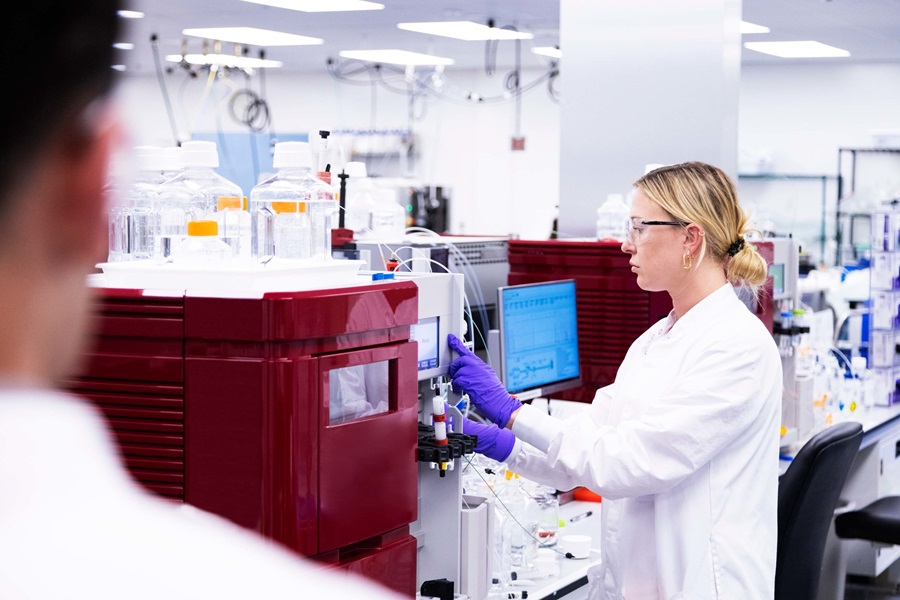Why Abzena?
Our focused approach.
Contract manufacturers have special expertise in the characterization and validation of biopharmaceutical manufacturing processes.
Process development is a key factor in the development and manufacture of biologics. Processes must be developed and validated so that product specifications can be met to create a safe and effective biologic drug. Contract development and manufacturing organizations (CDMOs) offer sponsor companies the expertise to develop these processes, which then must be validated. Process validation is a necessity to be sure the manufacturing process produces the desired, safe product.
Process characterization
For cell culture processes, process validation must be performed before good manufacturing practice (GMP) batches can be produced for commercial production, according to Daniel Giroux, vice-president of Biologics Development at Abzena. Formal process characterization studies must then be performed before the process validation so that one can understand the impact of variations of product parameters from their targets. Small-scale studies are performed on a validated scale-down model, and the information obtained is then applied to large-scale production.
“You need to understand what are allowable ranges of process parameters and what will have an impact on your process or on the product quality, and those [parameters] that won’t [have an impact]. Then you define your process envelope …the combination of all these parameters, such as agitation, temperature, feed timing, feed amounts, and so on. [These are determined with] design-of-experiment approaches, because you have to measure [the variations’] impacts, both individually, as they change, but also when they change in combination,” says Giroux.
After process characterization and studies are performed and acceptable ranges established, batch records can be drafted, and validation protocols can be created, says Giroux. “And then you have to run multiple at-scale batches, so you know if your commercial process is going to be at the 2000-L scale, then your validation protocol will dictate how many batches you want to run. A typical number is three. It doesn’t have to be three. It could be more. Possibly could be less, rarely,” Giroux explains. “And then you execute your production batches, and you analyze heavily the impact on the product that’s coming out. You do more analysis than you normally would, something like this, and then you basically show that you met the acceptance criteria that you set up in your validation protocol.”
